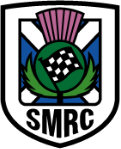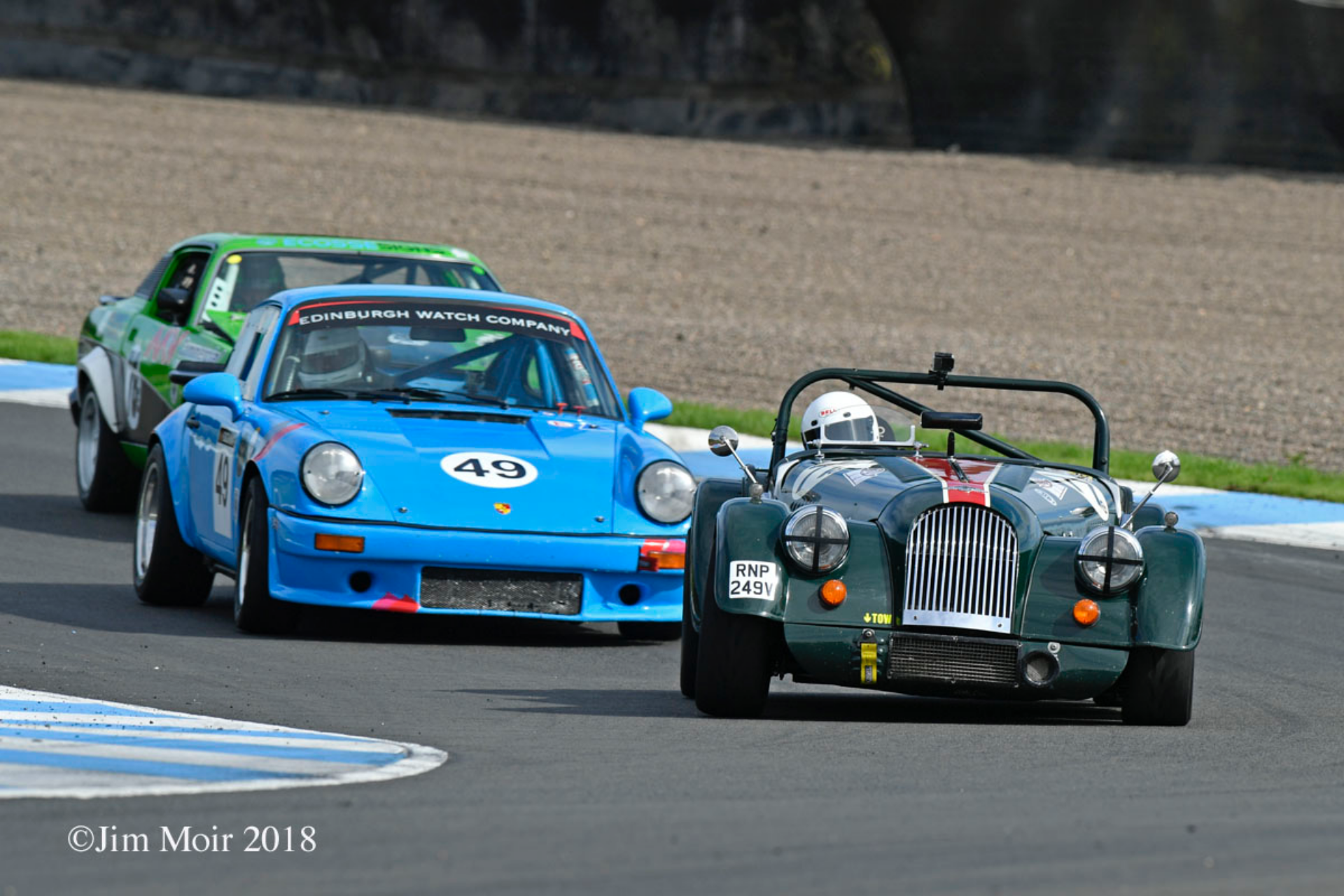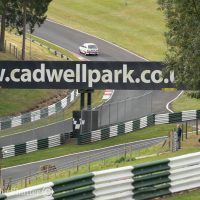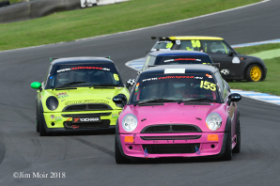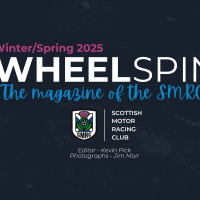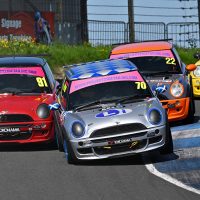1960s
The big shake up
After the demise of Beveridge Park, Scottish Motor Racing Club wound down their activities to find a more suitable circuit, and in fact virtually closed down. However, they kept paying the company dues in the hope that they would find a suitable venue.
In the early 1960s, motor racing was still running at Charterhall in the Borders, under the banner of the Winfield Joint Committee. However, change was on the horizon. The surface at Charterhall was beginning to deteriorate and the circuit closed in 1964. During that year a new club – the Border Motor Racing Club (BMRC) – came along to challenge the Winfield Joint Committee, running a couple of race meetings at Charterhall in 1964. In the same year SMRC were jointly involved in running meetings at Charterhall and in England at RAF Ouston, just north-west of Newcastle.
At the time, the BMRC had 1300 members and with the demise of Charterhall, they had a quandary as to where and how they were going to run motor racing events going forwards. Three of the BMRC directors were also directors of the SMRC so Willum Stewart, owner of one of the largest woollen merchants in Scotland and two Edinburgh businessmen, Tom Leggat (who started the Club in 1946) and Geoff Waugh (the racing dentist) proposed that the clubs should merge but retain the Scottish Motor Racing Club name, as it offered the club a more national title. So in 1964 the Scottish Motor Racing Club was created in the format that we see it in to this day.
With the prospect of no venue to race at, Scottish Motor Racing Club secretary Ian Scott-Watson, himself a farmer and Royal Highland and Agricultural Society of Scotland (RHASS) member, sensed an opportunity. He proposed to the RHASS that new roads were developed at the Royal Highland Showground at Ingliston near Edinburgh to include a race track, arguing that it would help boost revenue for the showground. The RHASS agreed! The case was no doubt helped by the close associations Scott-Watson held within the RHASS and also through Jim Clark’s (reigning Formula 1 World Champion at the time) relationship with both Scott Watson and as a farming member of the Society at the time. It also helped that Jim was a member of the SMRC and indeed became Honorary President in 1965.
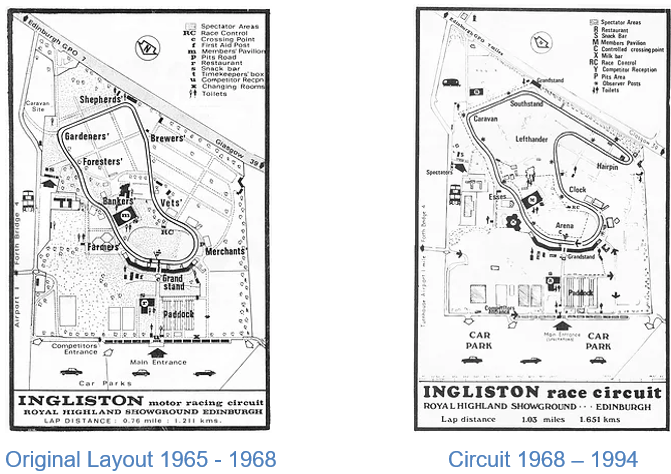
Ian Scott-Watson and then SMRC chairman, John Romanes, who ran the family business Lothian Chemical Company, put together layout proposals and formed Scotcircuits Ltd. to raise the necessary finances to enable racing to start at Ingliston. Finances were duly raised in a remarkable six weeks with £20,000 being spent on the works to prepare the new circuit. One of the benefits of using the showground was that there was an existing and established infrastructure, including arena grandstands.
It proved to be a popular venue and in 1965 the first year’s average spectator attendance was 12,000 per meeting, partly helped by a 5000 seater grandstand on the start /finish straight. Jim Clark attended the first meeting to help promote the circuit launch and returned later that year to take part in a Milk Marketing Board novelty milk float ‘race’ which helped swell the crowds. He was on his way to win his second F1 title that year and also won the famous Indianapolis 500 race in the USA in 1965, the very first by a British driver and first ever in a rear-engined car.
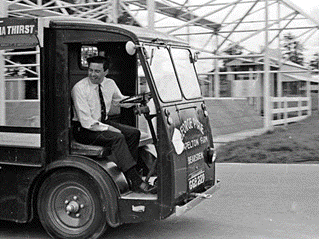
The first race at Ingliston in 1965 was for small engine sports cars and was won by Ronnie Martin from Andrew Cowan, both in Lotus Elans. Andrew would go on to find international fame as a rally driver and won the London to Sydney Marathon in 1968 but prior to concentrating on rallying he had a few races for Ecurie Ecosse in the Tojeiro-Buick. He was also the founder of Mitsubishi Ralliart who ran the successful WRC programme for Mitsubishi as they won four WRC driver titles from 1996-99 with Tommi Makinen.
In 1969, the Scottish Formula Ford Championship for single seater cars was launched. The inaugural title was won by Tom Walkinshaw from Prestonpans, who had a successful driving career and would later run the works Rover and Jaguar saloon and sportscar teams and go on to run the Arrows Team in Formula 1.

